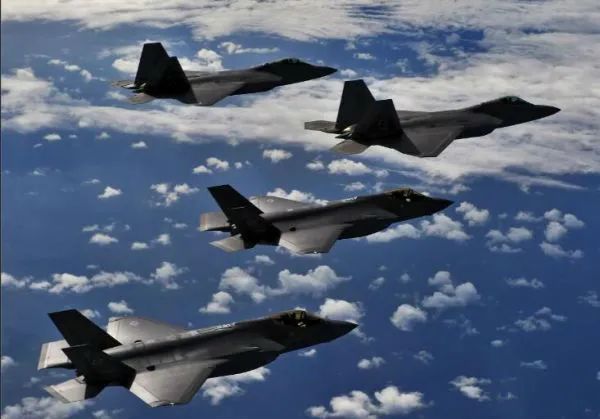According to comprehensive foreign media reports, Japan and the United States will jointly develop a successor to the F-2. The new fighter, which may be called the F-3 or F-X, is expected to be launched as a successor to Japan’s well-known F-2 fighter.
According to a report by Japan’s Yomiuri Shimbun on December 12, Mitsubishi Heavy Industries will mainly be responsible for the development of the follow-up aircraft of the Japan Air Self-Defense Force F-2 fighter, and the Japanese government intends to choose Lockheed Martin Company of the United States to provide technical assistance.
The latest U.S. stealth aircraft F-35 purchased by the Ministry of Defense of Japan was developed by Lockheed Martin, and the Japanese government believes that the decision will help strengthen the Japan-US alliance. About 70 billion yen (about $670 million) related development funds will be included in the budget for next year.
In addition to the development of F-35 fighters, Lockheed-Martin has also developed the “world’s strongest” F-22 fighter, claiming to have world-class technical force.
According to the report, the Japanese government has decided to introduce about 90 aircraft to replace the F-2, which will be retired in 2035, with a total development cost of 1 trillion yen. In October, a contract was signed with Mitsubishi Heavy Industries and Lockheed Martin, Boeing and British Aerospace Systems were targeted as companies providing technical support.
The report pointed out that in order to maintain the technology of Japan’s domestic defense industry, the engine is to be produced by Ishikawashima Sowing Heavy Industries Group, and the body is to be produced by Subaru Company.
Lockheed-Martin will undertake the integration of body systems and stealth technology, etc. The Japanese government will cooperate with British Aerospace Systems in the development of spare parts.
According to the bimonthly website of National Interest on December 12, Lockheed Martin may help Japan design and manufacture a new stealth fighter. This development is obviously intended to prepare for some interesting and innovative new aviation technologies, which may be designed to take advantage of some of the existing attributes of F-35 and F-22 fighter jets.
Japan is a powerful ally of the United States, and its F-35 fleet is gradually growing. A Japanese newspaper reported that Lockheed-Martin had worked with Mitsubishi Heavy Industries as a junior partner to produce a new platform for the next decade.
Reuters reported: “It is expected that Lockheed-Martin will participate in the development as a junior partner, because the company has previously proposed a hybrid design based on its F-35 and F-22 fighter jets.
The Ministry of Defense of Japan let Mitsubishi Heavy Industries take on the main task in October this year.
According to the report, the new fighter, which may be called the F-3 or F-X, is expected to be launched as a successor to Japan’s well-known F-2 fighter. The F-2 was also designed and manufactured by Mitsubishi Heavy Industries and Lockheed-Martin.
Other large U.S. defense contractors may also join the project, allowing the new fighter to integrate the most cutting-edge innovations of the time.
What may this F-3 fighter look like? Is it possible to use advanced technology to take stealth capabilities, sensors and weapons to new heights? At least one is talking about ways to integrate the advantages of the F-22 and F-35 into one platform.
The report believes that a fighter platform will open up a new world in the field of air combat by integrating the supersonic cruise capability similar to the F-22, air-to-air combat advantages and the versatility similar to the F-35 in the optimal way.



